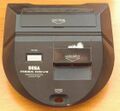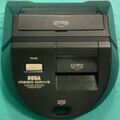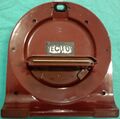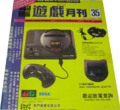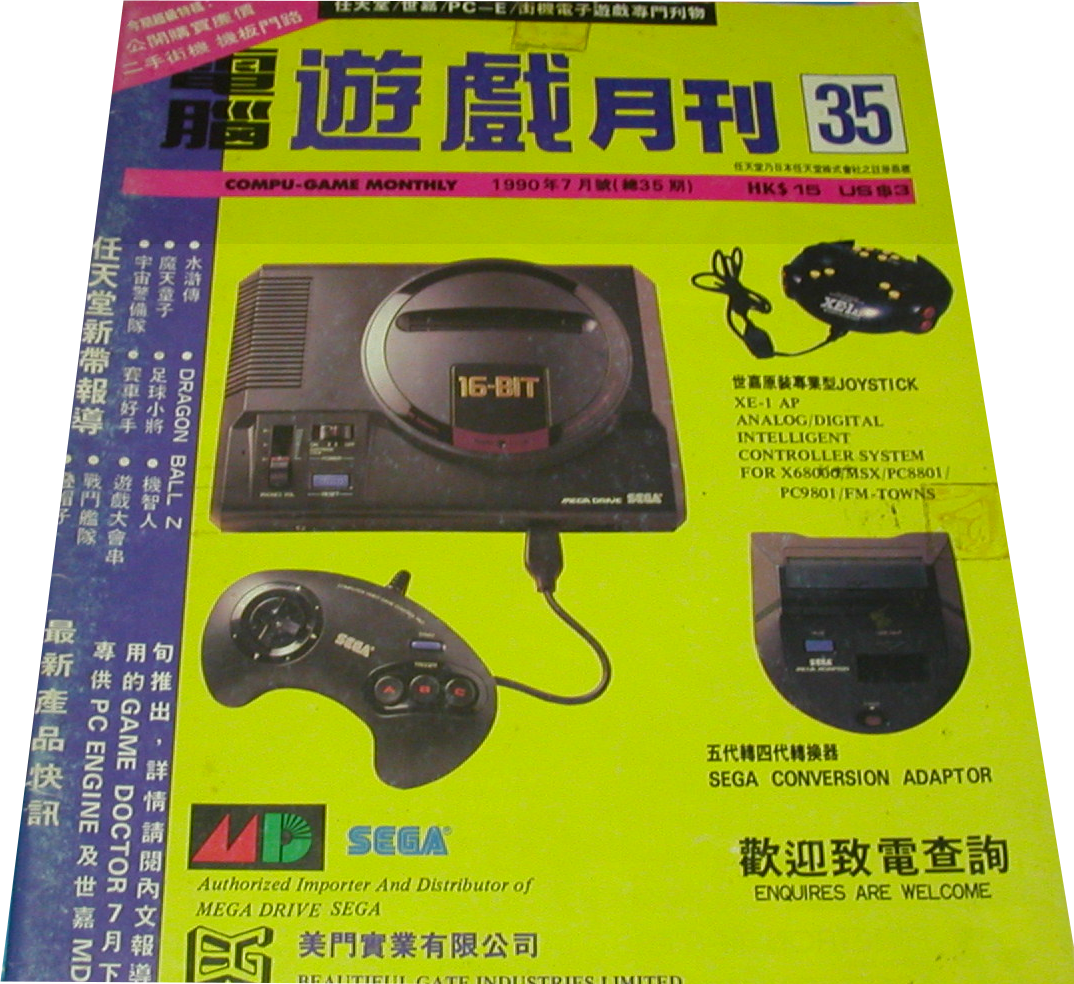Power Base Converter
From Sega Retro
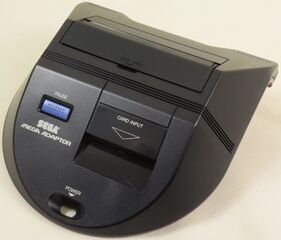
| ||||||||||||||||||||||||||||||||||||||||||||||||||
| Power Base Converter/Mega Adaptor/Master System Converter | ||||||||||||||||||||||||||||||||||||||||||||||||||
|---|---|---|---|---|---|---|---|---|---|---|---|---|---|---|---|---|---|---|---|---|---|---|---|---|---|---|---|---|---|---|---|---|---|---|---|---|---|---|---|---|---|---|---|---|---|---|---|---|---|---|
| Made for: Sega Mega Drive | ||||||||||||||||||||||||||||||||||||||||||||||||||
| Manufacturer: Sega Enterprises, Ltd. | ||||||||||||||||||||||||||||||||||||||||||||||||||
| Distributor: Ecofilmes (PT), Tec Toy (BR) | ||||||||||||||||||||||||||||||||||||||||||||||||||
|
The Power Base Converter, known as Mega Adaptor (メガアダプタ) in Japan, Master System Converter in Europe and Adaptador Para os Jogos Master System in Brazil, is a peripheral for the Sega Mega Drive allowing it to play Sega Master System cards or cartridges.
Contents
Hardware
One of the key design features of the Mega Drive is its compatibility with its immediate predecessor, the Master System, as the Mega Drive's design is based upon the Master System's design, albeit enhanced and extended in many areas. As the cartridge slot of the Mega Drive is shaped differently than that of the Master System, and because its games could not be played directly through the Mega Drive, Sega released the Power Base Converter, an accessory that is placed between a Master System cartridge and the Mega Drive, allowing the user to play the previous generation of Sega games without the need for an extra console.
The Power Base Converter does not contain any Master System components but acts as a pass-through port. The converter contains two slots; a top slot for cartridge-based titles and a front slot for card-based games and accessories. The Power Base Converter would be fully compatible with the cost-reduced Mega Drive II, were it not for the different shape of the Mega Drive II's plastic casing.
In Europe the differently shaped Master System Converter II was released in order to satisfy Mega Drive II owners. This accessory is also fully compatible with the original Mega Drive, but lacks the ability to run cards.
Both 2-button Master System pads and standard Mega Drive pads can be used to play the majority of Master System games. Like the Master System, the PAUSE button is not part of the gamepad connector and instead is implemented as a push-button switch on the Power Base Converter or similar devices.
Technical information
In order to achieve backwards compatibility, the original Master System central processor and sound chip (the Z80 and SN76489) are included in the Mega Drive/Genesis and the new Video Display Processor is capable of the Master System VDP's mode 4 (though it cannot run in modes 0, 1, 2, or 3, so cannot run SG-1000 games). Once a Master System game is inserted, the system's bus controller chip (later integrated with the I/O chip into a single multi-purpose ASIC) will put the Z80 in control leaving the 68000 idle.
Incompatible games
Due to slight differences in how the Mega Drive control pads operate, some Master System games may inadvertently cause the wrong set of inputs to be selected and prevent the input from working properly. In these cases a Master System controller must be used.
The need for Master System controllers caused some problems, particularly in the US, where at the time the Power Base Converter was being sold in stores, Sega had withdrawn separate Master System controllers from general sale. As a result, consumers were forced to contact Sega directly.[6]
The list of games which require a Master System control pad is as follows:
- Alien Syndrome
- Bomber Raid
- Great Volleyball
- Montezuma's Revenge
- Penguin Land
- Shanghai
- Tennis Ace
- Where in the World is Carmen Sandiego?
- Wonder Boy in Monster Land
All of these games will play properly with a Mega Drive controller on a Japanese Mega Drive or a console modified with a region switch (set to Japanese mode).
Alien 3, FA Tetris and F-16 Fighting Falcon are completely incompatible with the Power Base Converter. FA Tetris and F-16 Fighting Falcon in particular rely on a graphics mode designed for SG-1000 games, which is not available on the Mega Drive.
Gallery
Magazine articles
- Main article: Power Base Converter/Magazine articles.
Promotional material
also published in:
- Computer & Video Games (UK) #107: "October 1990" (1990-09-16)[7]
also published in:
- Sega Klubilehti (FI) #4: "2/92" (1992-xx-xx)[9]
Physical scans
| Mega Drive, CA |
|---|
|
| Mega Drive, AS† |
|---|
|
External links
References
- ↑ http://sega.jp/fb/segahard/md/adapter.html (Wayback Machine: 2013-02-15 06:23)
- ↑ Sega Visions, "Fall 1991" (US; 1991-xx-xx), page 38
- ↑ ACE, "October 1990" (UK; 1990-09-xx), page 50
- ↑ File:K IT 22.pdf, page 21
- ↑ Sega Magazin, "August 1994" (DE; 1994-07-13), page 79
- ↑ Sega Visions, "June/July 1990" (US; 1990-xx-xx), page 9
- ↑ Computer & Video Games, "October 1990" (UK; 1990-09-16), page 122
- ↑ ACE, "November 1990" (UK; 1990-10-xx), page 36
- ↑ Sega Klubilehti, "2/92" (FI; 1992-xx-xx), page 8




